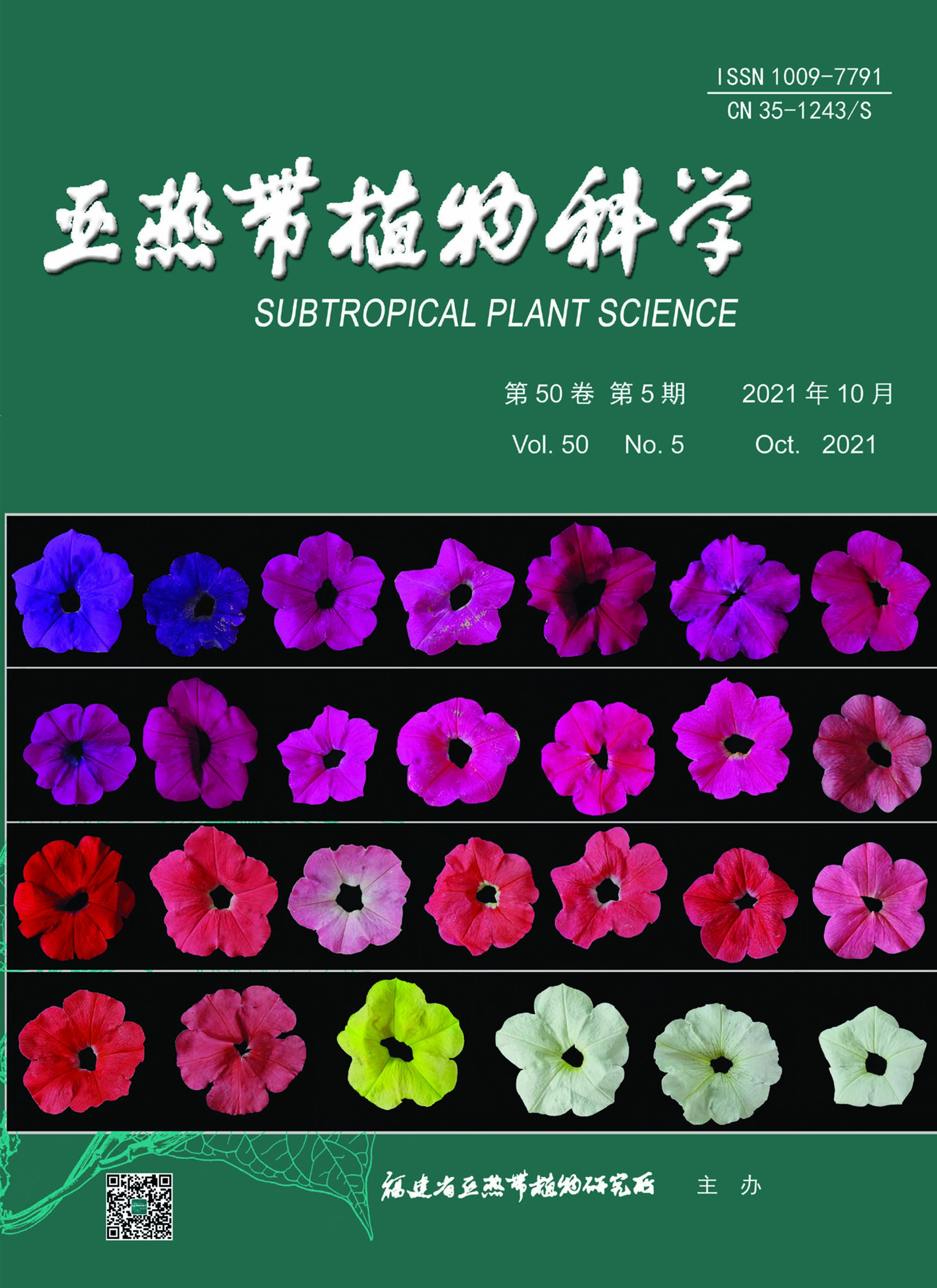|
|
Bryophyte Diversity and Florisitic Characteristics of Jingning She Minority Autonomous County, Zhejiang, China
XU Yuan-ke, ZHAO Chang-gao, LIN Jian, JIN Min-zhong,HOU Jian-hua, REN Zhao-jie
2021, 50(05):
402-409.
DOI: 10.3969/j.issn.1009-7791.2021.05.011
Based on the identification of 2331 specimens collected from Jingning She Minority Autonomous County(Jingning for short), Zhejiang, China, 451 species in 194 genera and 80 families are recognized, among them 2 genera and 30 species are new records for Zhejiang province. Dominant families include Brachytheciaceae (34 spp.), Hypnaceae (23 spp.), Pottiaceae(22 spp.), Mniaceae(22 spp.) and so on, while dominant genera are Plagiochila(Dumort.) Dumort.(14 spp.), Brachythecium Bruch & Schimp.(14 spp.), Fissidens Hedw.(13 spp.), Hypnum Hedw.(11 spp.), Frullania Raddi(10 spp.) and so on; the monotypic and oligotypic genera are rich, but the endemic species is few; in terms of habitat preferance, petrophytia, geophytia and epixylophytia make up the majority of the bryoflora, while hydrophytia are very few; main body of the flora consists of Eastern Asia elements, Tropical elements and Temperate elements, that reflects obvious East Asian color and tropical to temperate transition characteristics of the flora. This study is designed to find out the bryophyte resources of Jingning, and provide scientific data for protection and rational ultilization of this wild resources, as the same time, it is hoped to provide basic data for bryophyte studies of Zhejiang Province and even China.
References |
Related Articles |
Metrics
|
